Tears weakly hid in my eyelids and my knees protected that persistent wound inside my heart that reminded me that I don’t understand. I sat on my neighbor’s couch and fought the urge to run away. The violent summer rain streaming down the windows yelled for me to join the torrents outside, walk home, the rain said, you don’t belong. The newly formed LDS book group discussed the book Restoration, but I couldn’t think of one thing to say. Everyone else loved the book.
The book group conversation bounced around the room like a pinball machine, “It blew my mind,” “I can’t believe this was published,” “I’ve never heard someone say that we are not the only true church,” “I cannot share this book with my in-laws, they couldn’t handle it.” This book released these beautiful humans from the guilt and fear of a “fortress church.” They felt safely liberated within a church that has protected itself from “the sins of the world” by staying away from nonmembers. I guess. I had no idea this perspective existed. I realized, sitting in the cushions of the couch, that I have never been in the fortress; I have always been excluded: on the outside finding beauty in the architecture.
This book is not written for the excluded or marginalized, it’s written for the protected, the one’s inside the LDS fortress. Mason preaches that there is truth in (almost) every religion, that the “fortress church” needs to let down its gates and go out into “the world.” He gives LDS members permission to find beauty in humanity, to open their minds and hearts to goodness. It is a beautiful sentiment; a natural human sentiment: people are good, deeply good.
The last chapter of the book, “A Restoration Manifesto,” undid much of the progress the rest of the book attempts to inspire. Unfortunately, Mason hijacks God’s voice in an “urgent paraphrase” of “revealed scripture” (91) even though he spent his entire book attempting to clarify that humans find God in a million different ways. He forces his idea of God, a God I do not know or like, on the reader and, appallingly, demonizes atheism and “the world.” He instills fear, “I can’t promise you perpetual peace in these troubling times. The world you thought you were building for yourself will be claimed as part of the devil’s dominions . . . the day of reckoning for this sin-sick age is coming” (96). I don’t know this fearful God who dehumanizes humans.
But, thank you, Mason, for redefining the word restoration in a way that people will listen: “The work of ending hunger is the work of Restoration. The work of alleviating poverty is the work of Restoration. The work of education is the work of the Restoration. The work of preventing violence and building peace is the work of the Restoration. The work of fighting for human dignity, racial justice, and the elimination of any form of prejudice is the work of Restoration” (86). I never knew that my church preached anything else; the realization that this information is “mind-blowing” has snuffed my joy for days.



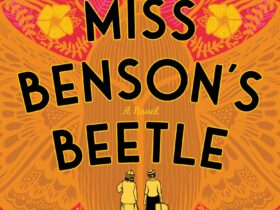

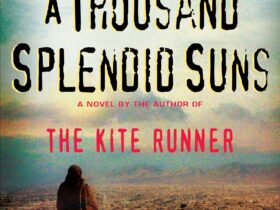
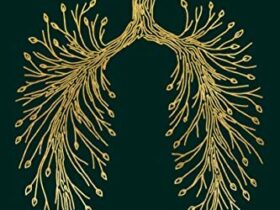
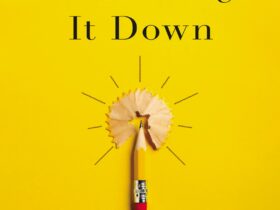
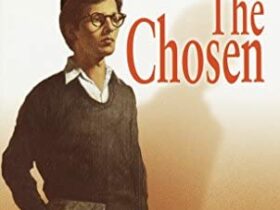
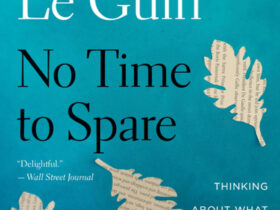
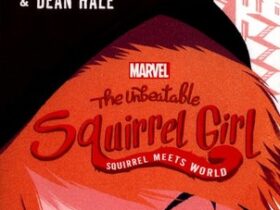



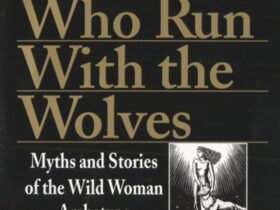


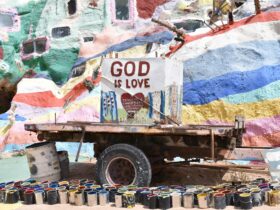

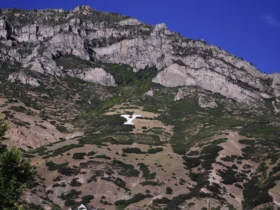
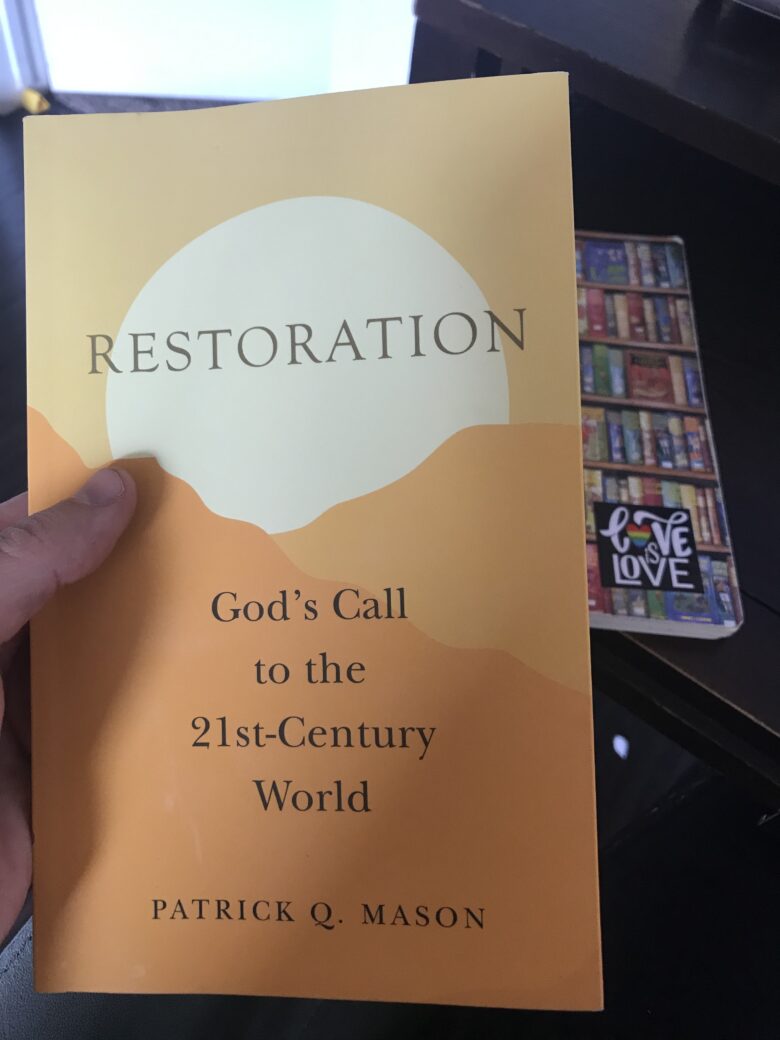


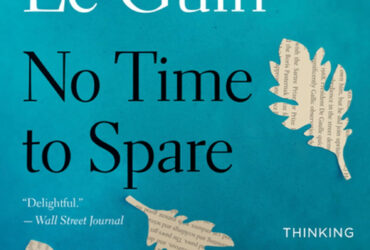
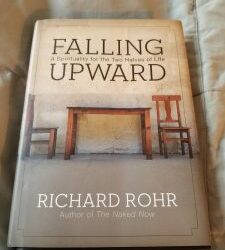
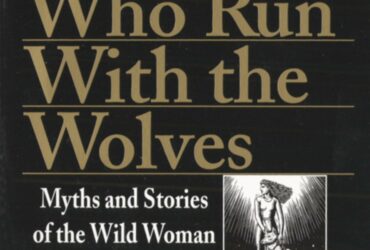

Leave a Reply